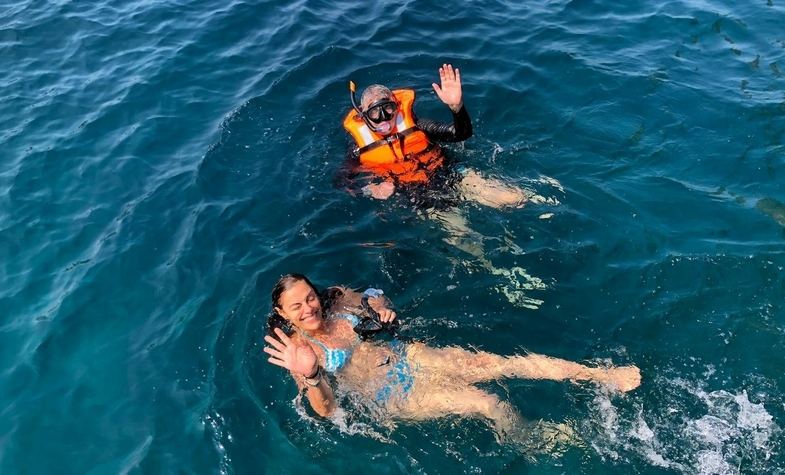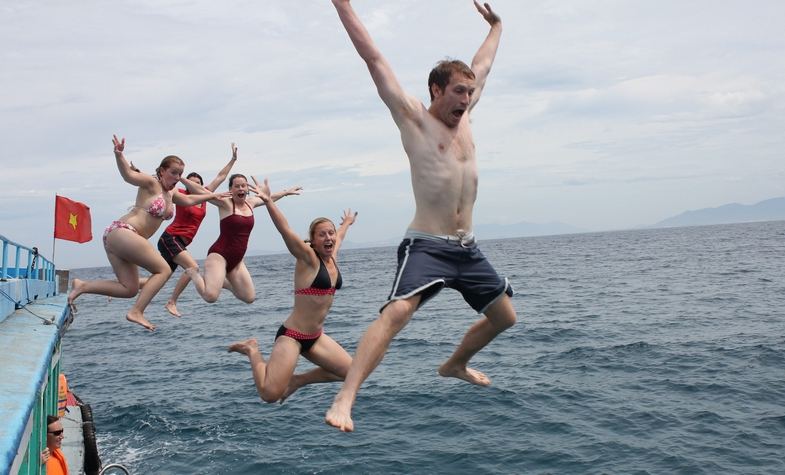The best time for scuba diving in Cham Island
Around 20km far from Hoi An, Cu Lao Cham Marine Park comprises 8 islands in the South China Sea and the most famous diving site among them is Cham Island thanks to its varying ranges of depth and rich diversity of marine fauna as well as shimmering natural corals. The coral reefs in the Cu Lao Cham area are also highly appreciated by scientists and included in the protection list.

Lying in the Central part of Vietnam, Cham Island owns a tropical monsoon climate. The summer from June to August has a quite high temperature, so the nice pristine beaches are always among the choice of travelers. The winter from November to February with the temperature lower to around 10 – 18 Celsius degrees due to the cold air coming down from the North. The most perfect time to dive in Cu Lao Cham is from late March to August. During these months, the weather is sunny with less chance of rain and the sea is calm and clear which are great conditions for all kinds of water sports activities.

Scuba diving at Cu Lao Cham is often included in the Cu Lao Cham 1-day tour, Cu Lao Cham 2-day tour, fishing tour, and squid fishing tour. In addition, if you are not confident in your swimming skill, you can choose other suitable ways to explore the underwater world here by snorkeling or walking under the sea with the helpful assistance of an instructor. Besides renting a speed boat to visit around the island, you can also ask the owner about the coral diving service even if this is your very first time doing this activity as you will be instructed on how to breathe and how to see the colorful corals and fishes the most clearly.
When participating in any form of coral diving in Cu Lao Cham, you need to pay close attention to the notes and specific rules of the instructors for safety reasons. Your health must be in good condition and not suffering from blood pressure and cardiovascular disease. To protect the beautiful coral reefs, you should not touch or break to bring them ashore.
Related tours for you:

